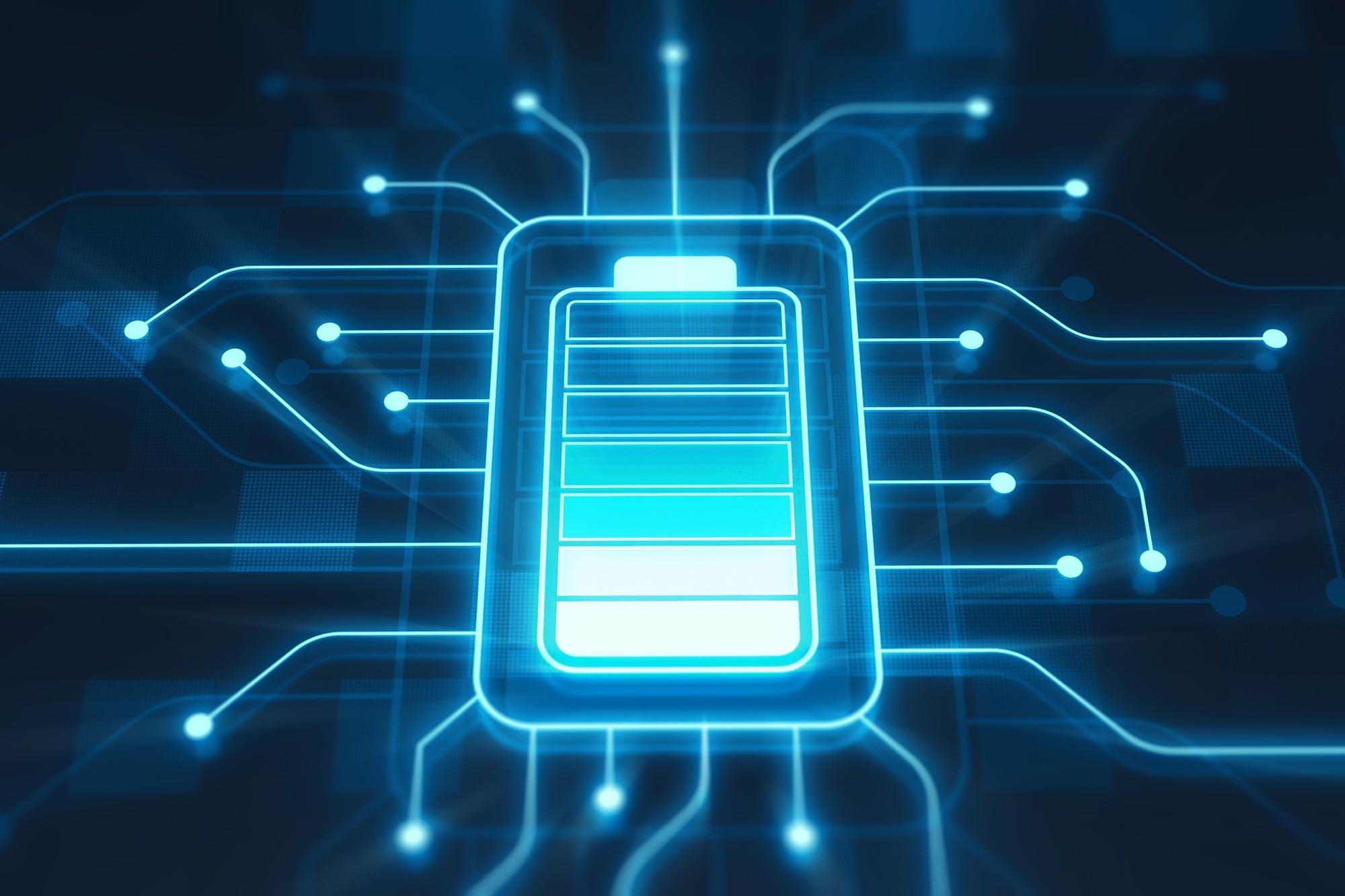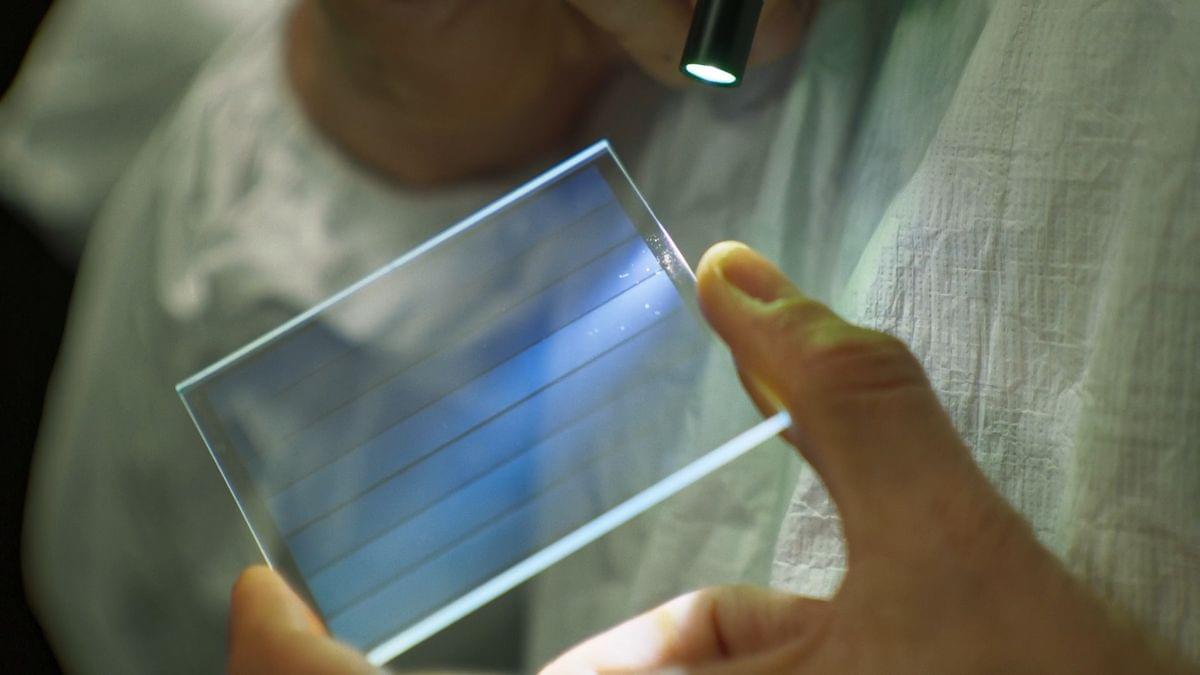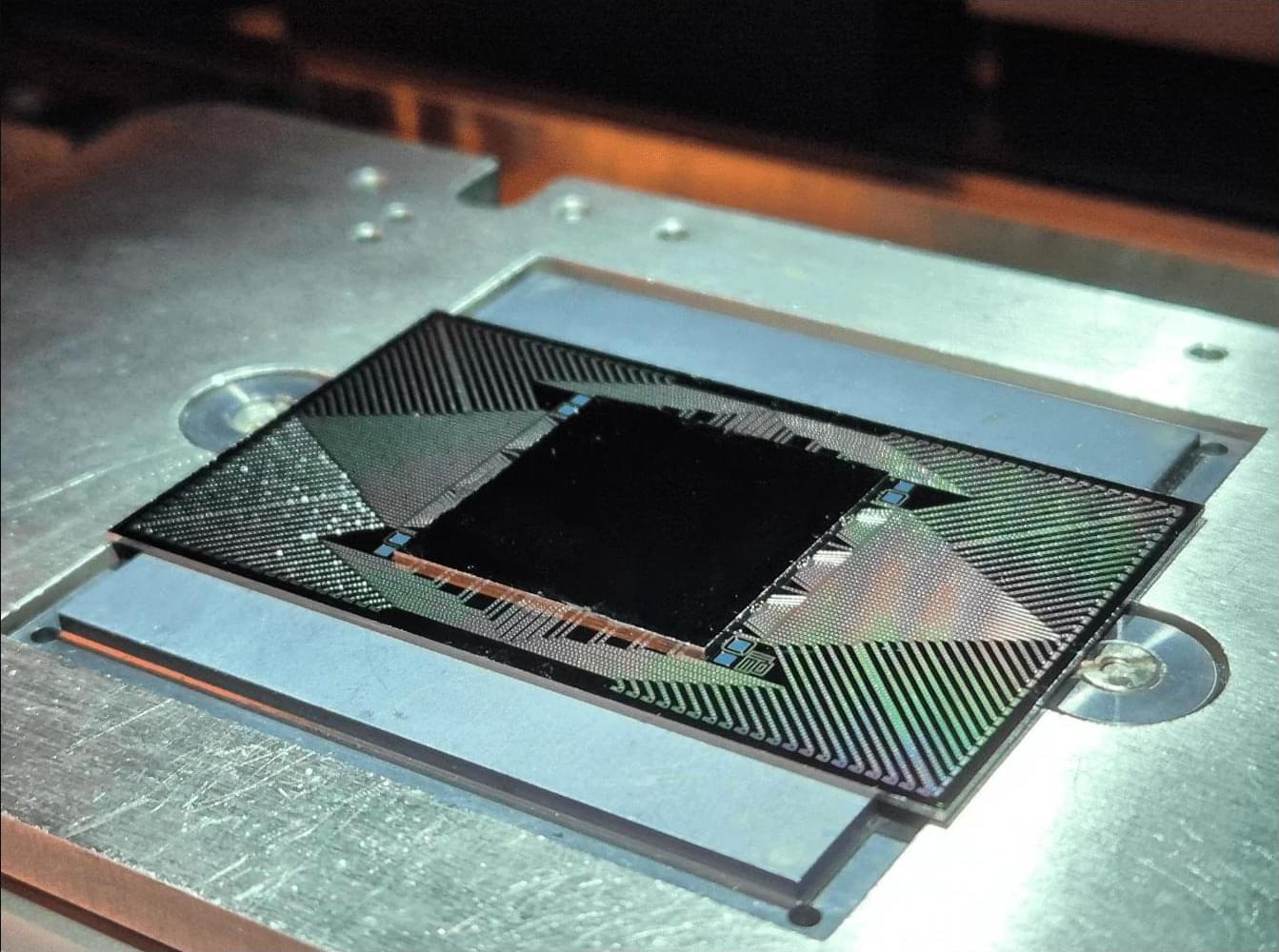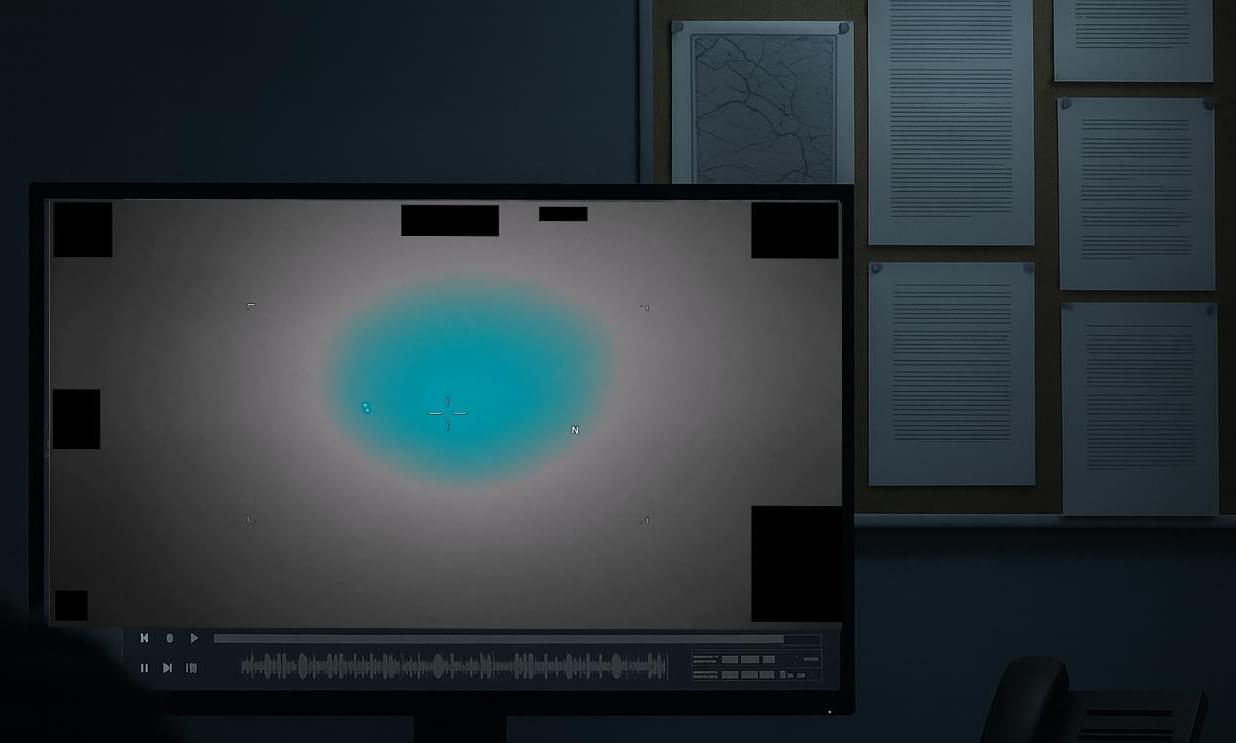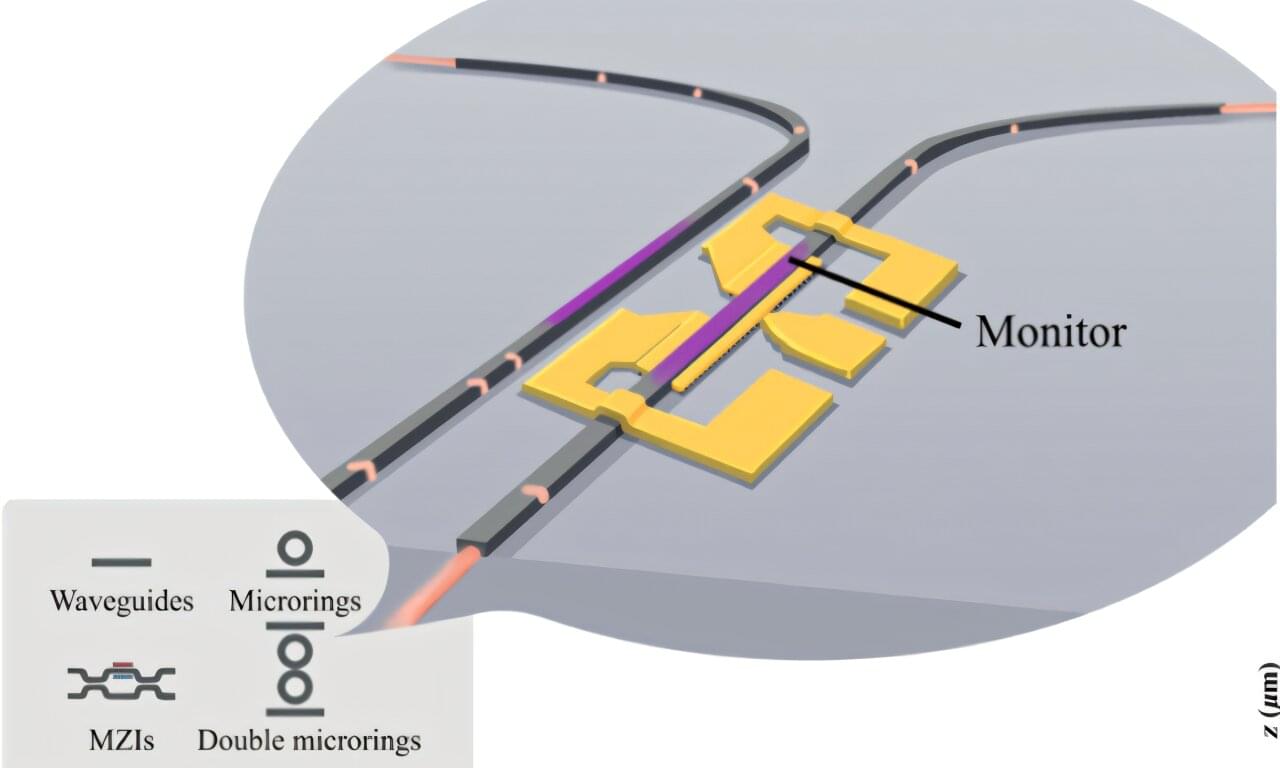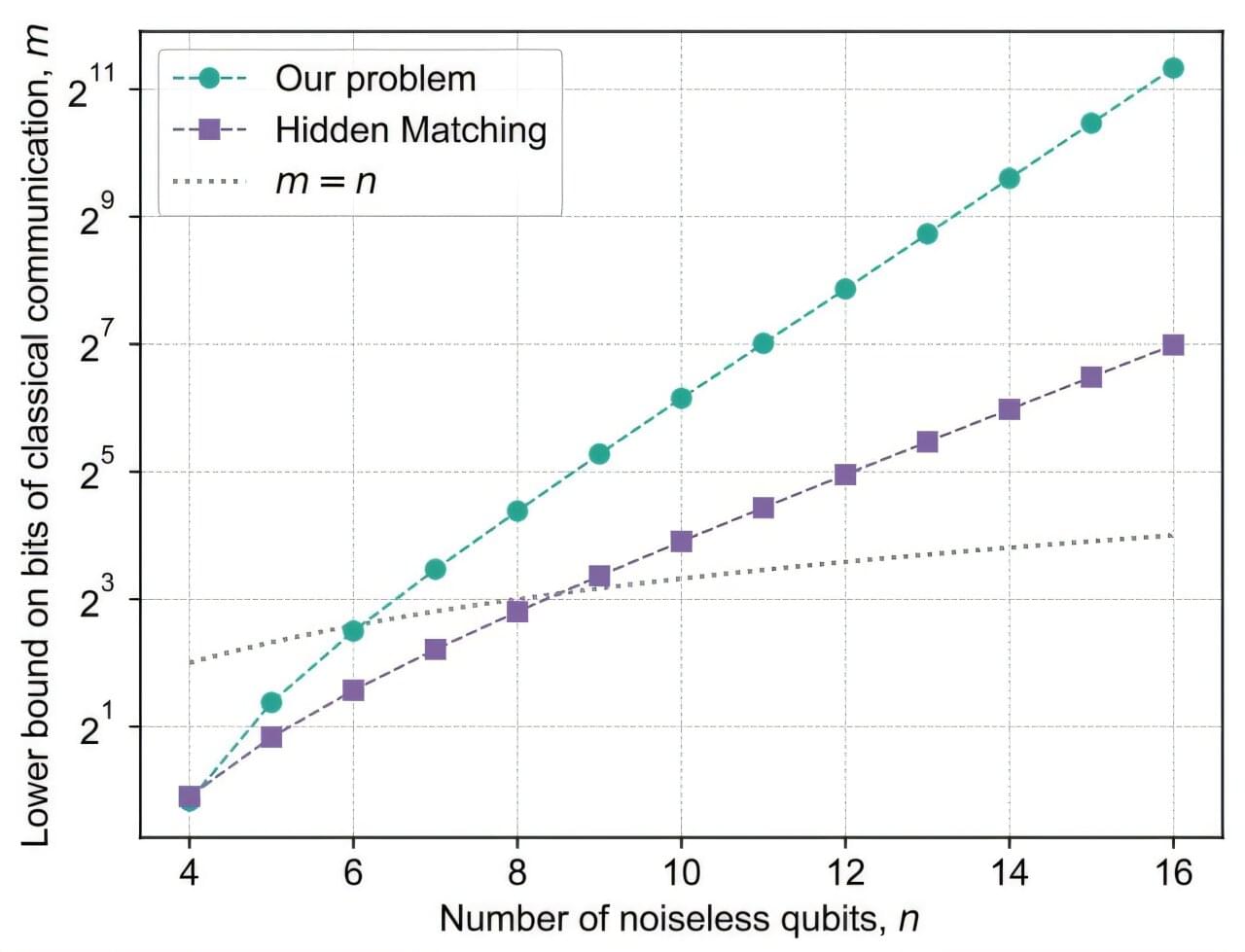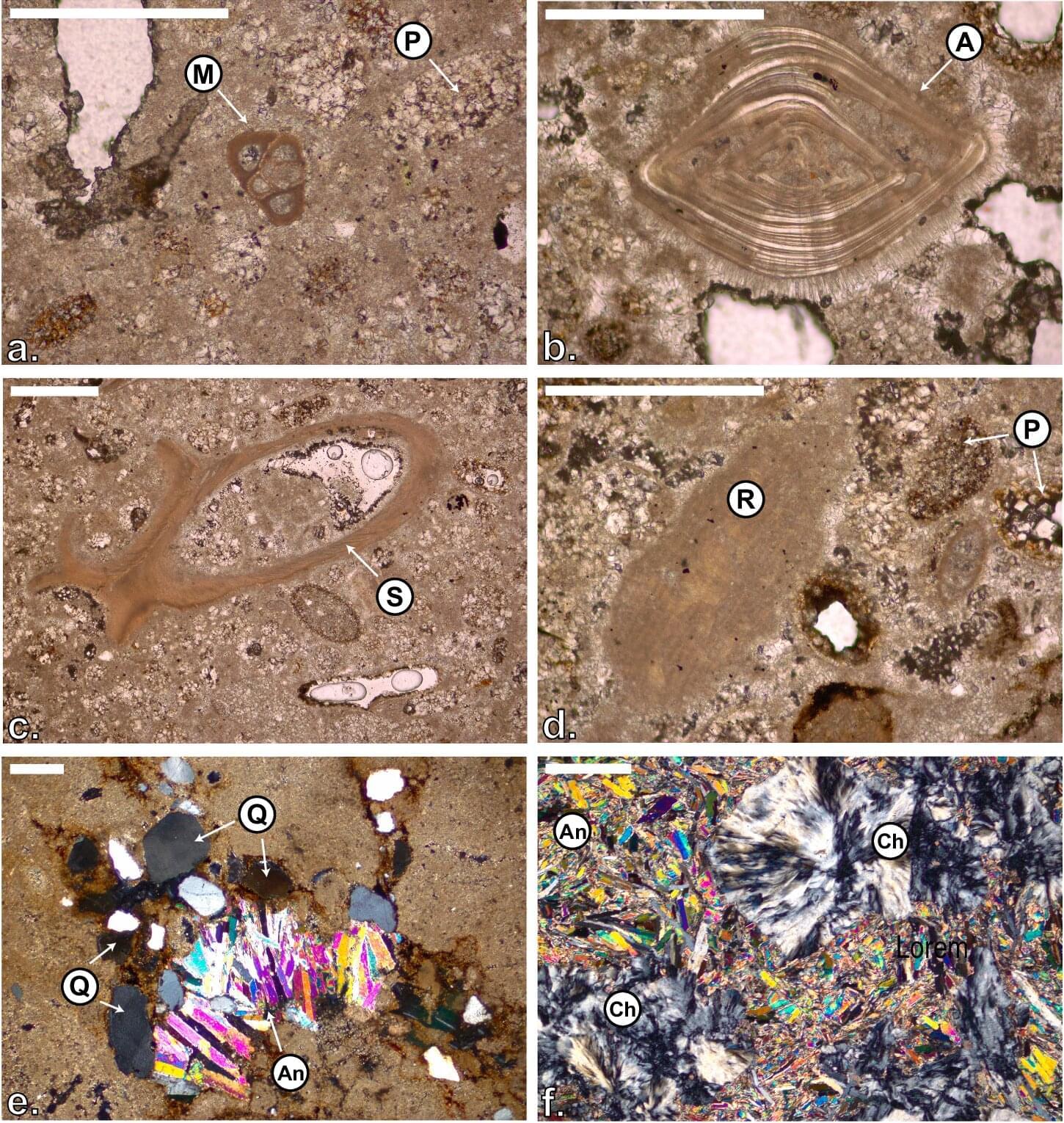Autism should not be viewed as a single condition with a unified underlying cause, according to scientists who found that those diagnosed early in childhood typically have a distinct genetic profile to those diagnosed later.
The international study, based on genetic data from more than 45,000 autistic people in Europe and the US, showed that those diagnosed in early childhood, typically before six years old, were more likely to show behavioural difficulties from early childhood, including problems with social interaction, but remain stable.
Those diagnosed with autism later, typically after the age of 10, were more likely to experience increasing social and behavioural difficulties during adolescence and also had an increased likelihood of mental health conditions such as depression.


